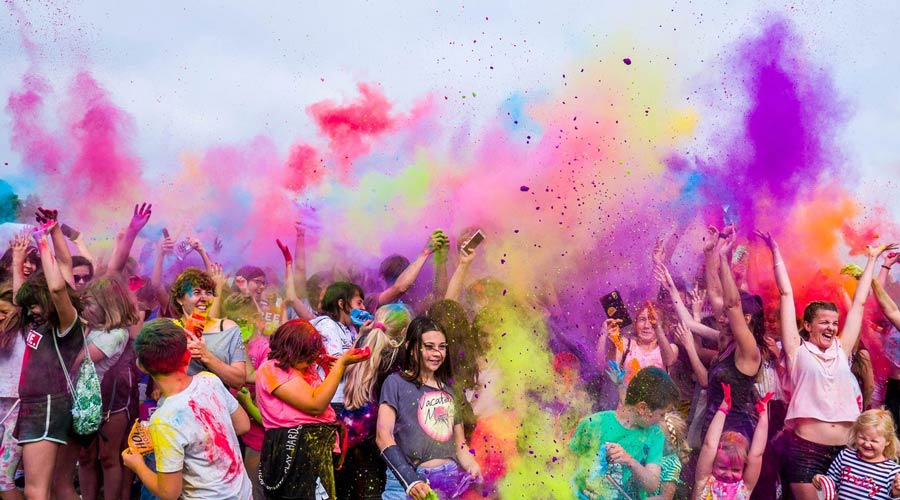In Asia, numerous celebrations are deeply connected to themes of life, rebirth, the triumph of good over evil, unity among humankind, and many other aspects of existence. Perhaps one of the most vibrant and well-known examples of such ceremonies or rituals is the Holi festival (होली in Hindi), held in India—a land renowned for its rich cultural heritage, peaceful traditions, and deep-rooted sense of love. This colorful festival has a fascinating legend behind it, along with profound spiritual and religious significance. However, that does not mean you need to be Hindu or even a local to take part. Holi warmly welcomes people from all around the world, allowing them to celebrate alongside Indians, immersing themselves in an atmosphere of joy, equality, and togetherness. The festival is not just about colors; it serves as a powerful symbol of harmony, inclusivity, and the beauty of human connection.
What is the Holi Festival?
Legends or not, the Holi festival is all about joy, laughter, and vibrant celebrations. People gather to play with colorful powders, throw water balloons, and spray each other with water guns, creating an atmosphere of pure fun and excitement. Regardless of age, religion, or background, everyone takes to the streets to celebrate, covered in bright hues, singing, dancing, and sharing happiness. Friends, lovers, and families embrace the spirit of the festival by coloring each other in joy, much like the earth embracing new life in spring.
In addition to the festivities, some people prepare a traditional drink called Bhang, known for its mild intoxicating effects. It is believed to enhance one’s spiritual experience, helping participants immerse themselves even deeper into the celebration. However, if you choose to try Bhang, be mindful of its potency—consuming too much can be overwhelming and might take away from the enjoyment of the day, not just for you but also for those around you. So, drink responsibly and make the most of this beautiful celebration!
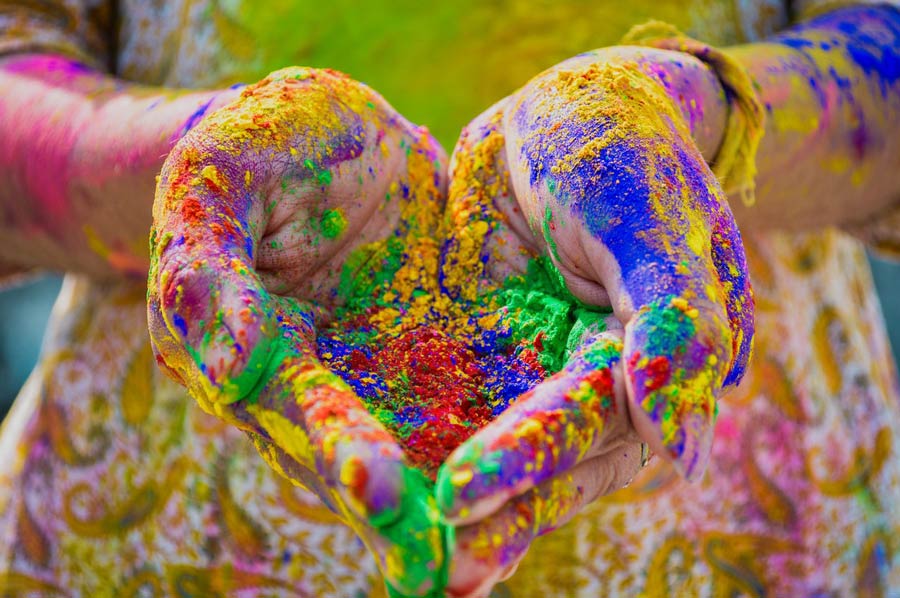
By the time you sober up, in case you try the Bhang, you will face the evening and nearly the end of the celebration. During the evening of Holi festival, by tradition, friends and family members visit each other and spend some time in the company of their loved ones. By custom, they come bearing sweets or food during these meetings.
There are of course some other ways of celebrating this day, which is because of the several other legends or traditions that are believed in other areas as well. One example is walking on hot and flaming coal. Also, there are safer games that people can play! The significant markers of this event are the bonfires in Holi eve and the bright colors that are used in the next day. The most important thing celebrated by all people is the arrival of spring, and therefore, a new life.
You can look up the Holi festival with its other names as well. This event is also known as the Festival of Colors, the Festival of Love, and the Festival of Spring. The evening before the main festival, when the bonfires are lit, is called Holika Dahan and the following day is known as Holi or Rangwali Holi by the locals. Just as we recognize it with different names, the Indians themselves also use several other names depending on their location in their country.
Where is Holi Celebrated?
Holi festival is most famous in India and the entire country will be prepared for that. Travelers from across the globe gather and participate in this joyous day right next to the locals, as brothers and sisters. As it’s the festival of friendship and celebration, exchanging gifts, especially food and sweets, is highly popular.
The festival originally belongs to India; however, it is possible to see this event in other places where Indians or Hindus reside outside their home country. If you have never experienced Holi before, make sure that your first time will be in India and Nepal, or even the southern regions of the country. You can also find traces of it even in North America and Europe as well, but the festival in India is something extra special. The word of love and peace travels fast, but hearing it in the place where the rebirth of nature is always celebrated, is something you do not want to miss.
Philosophy of Holi
An important reason for the celebration is the rebirth of nature which brings life to both people and the planet. It is somehow similar to thanksgiving since the spring will make the earth ready for farmers to produce food; however, the food and the nourishment are only small parts of life circle. On the other hands, according to the legends, this is the celebration for the victory of good over evil.
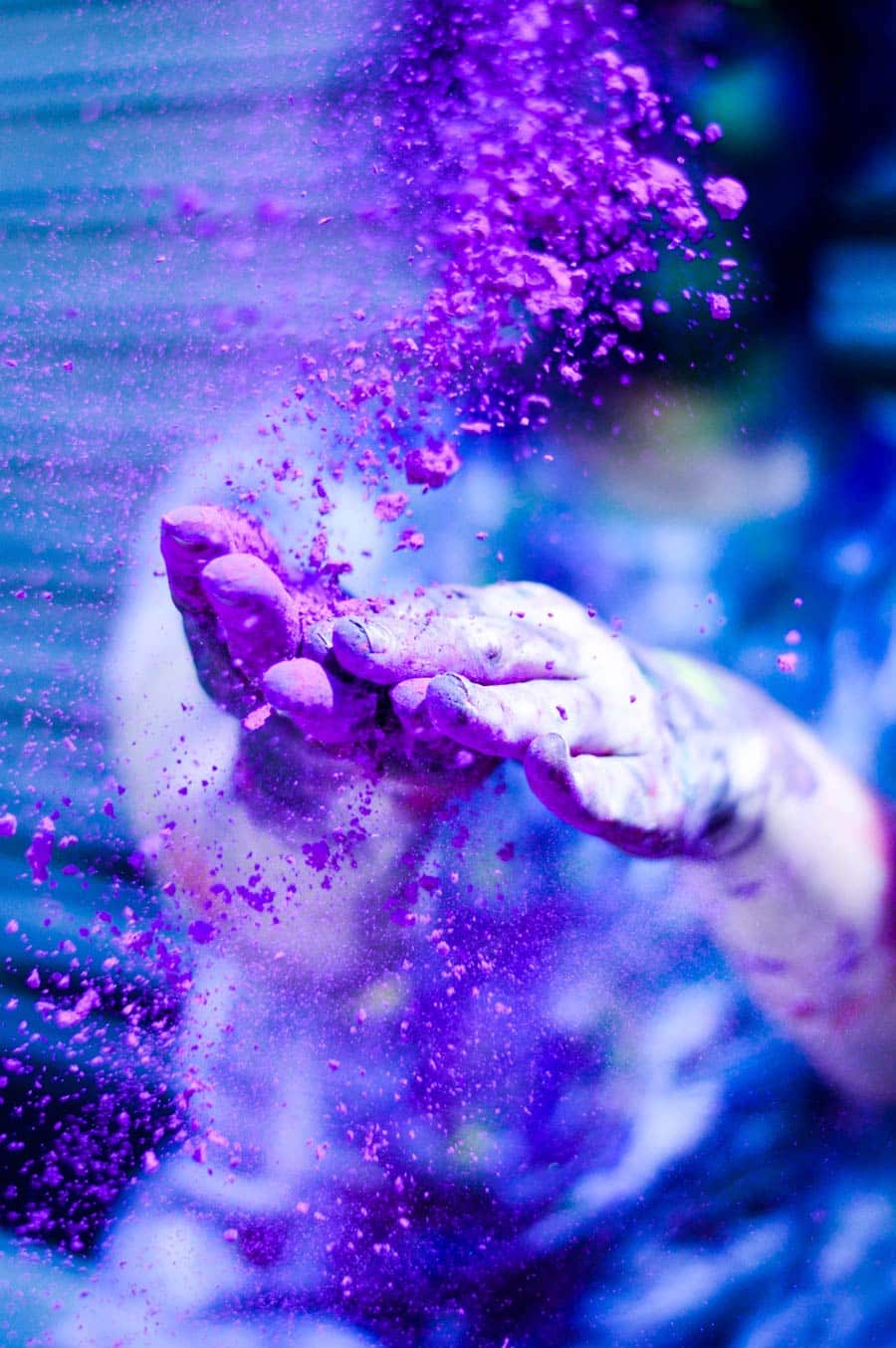
Colors and Their Symbolism
Holi’s colors aren’t just pretty; they’re like a language. Red’s for love, like a warm hug. Yellow? That’s sunshine and good vibes. Green’s all about new starts, like plants waking up. Blue’s like a peaceful sky, and pink’s for kindness. Orange? Pure energy!
The powders, “gulal,” used to be made from flowers and plants, which is cool. Now, some are made with stuff that can irritate your skin, so people are going back to natural colors. Water fights with colored water are a big part too, just pure fun.
Basically, all those colors mean something deep – love, friendship, good winning over bad. It’s a way to celebrate life and connect with others.
History of Holi
Holi Festival has roots in legends and tradition as well. It is said that the king HiranyaKashyap, known also as the demon king, ordered his subjects and people to worship him as a god. His son, Prahlad, who was a symbol of good, stood against this order, and therefore, the king attempted to kill him. Holika, the sister of Prahlad was sent to lure him into a trap so that he would be burned alive. She was given a protective cloak to be kept from burning but since he was a pious and honorable man, fate turned the table to his favor and saved him from the fire, and instead, his evil sister was burnet by the flames. Ever since that day, people light bonfires at the beginning of the ceremony, which will last until the end of the next day.
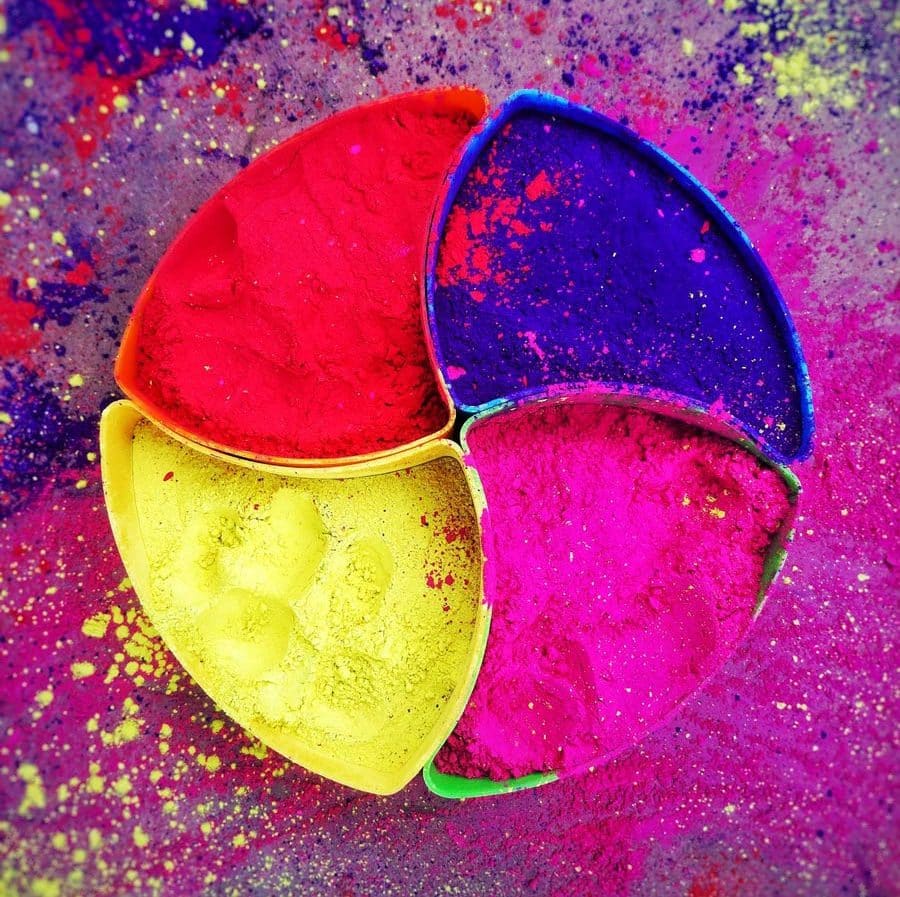
Special Considerations During the Festival of Colors
Do not forget the gifts!
The most important consideration is the preparation. As you have already been acquainted with this Hindu event, you need to remember, going empty-handed may not feel as quite good. It is not rude, but it is still not considered as very appropriate either. For this type of preparation, you can always get something to exchange from the markets to give to your family members and the special individuals in your life, or perhaps the friends that you make in the streets. The gift does not have to be anything more than sweets. The act is important on this day, not the gift itself.
Use natural colors
The other part of the preparation, which can be even more important, is making sure that the colors you use will not harm you or the others in this festival. Since no one can avoid being hit by the powders or water balloons, make sure to use natural colors.
Use suitable clothes
Wear appropriate clothing to avoid the colors reaching your skin just to be safe. Other than that, you can use oils to protect your hair or skin from any damage.
Try to have a guide or participate as a group
While having a blast with the rest of the people, remember that some of the participants may be high on Bhang. As a piece of advice, try to have a guide or travel with a group to avoid accidents. If you are not careful, you may get “carried away” during the Holi festival as well as anyone else.
Get cleaned after the festival
After the festival, make sure to get cleaned and do not worry about getting wet and dirty during the day. Remember, the whole point is having fun, making friends, and celebrating the coming of spring.
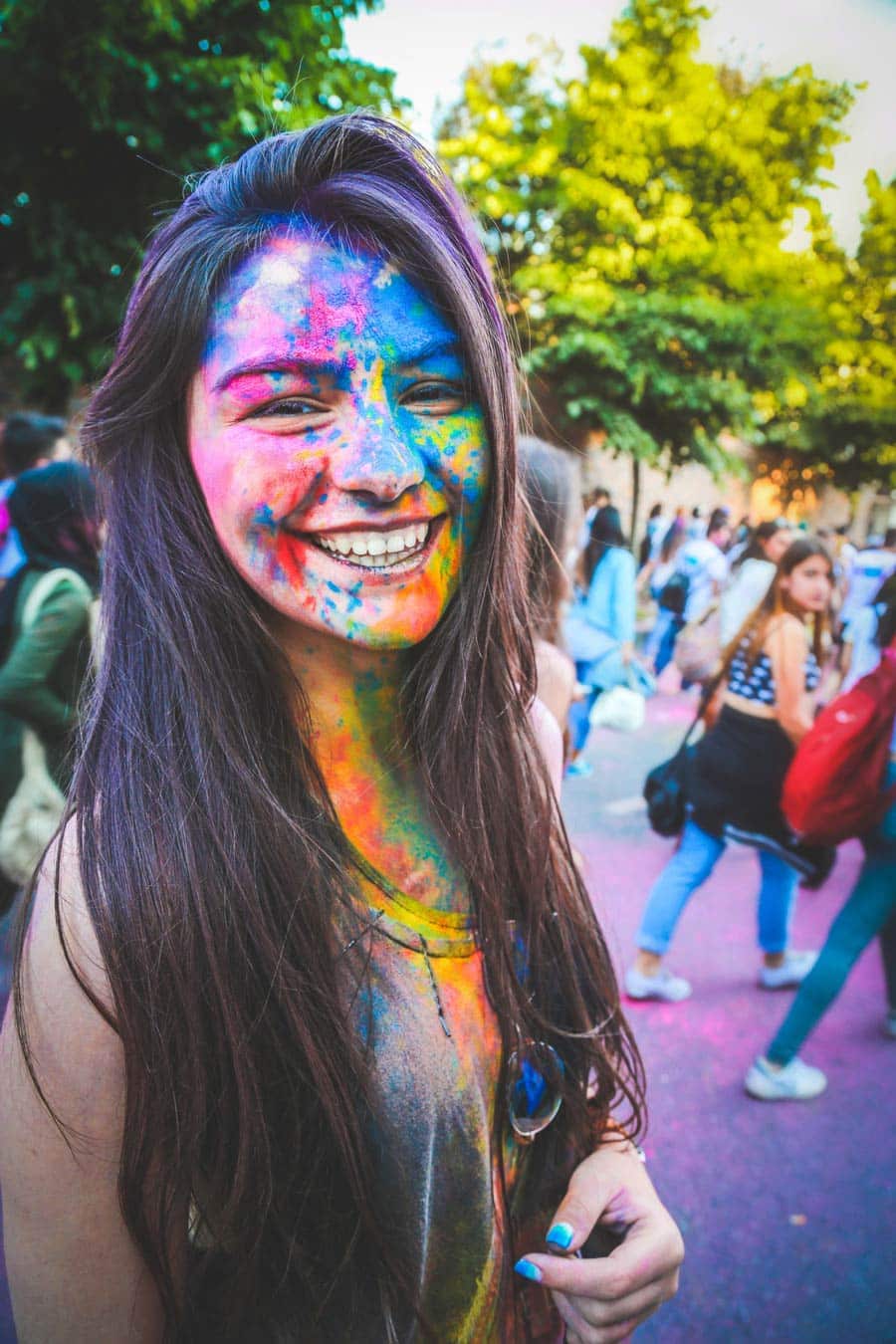
There is a famous quote used by locals, which says “Bura na mano, Holi hai!”. It means that “Do not mind, it’s Holi!”; therefore, have fun, and don’t forget to tell us about your experience at the Holi festival. Also, if you have any questions about this fantastic festival, feel free to leave that in the comment section and our professional guides will reply as soon as possible.
